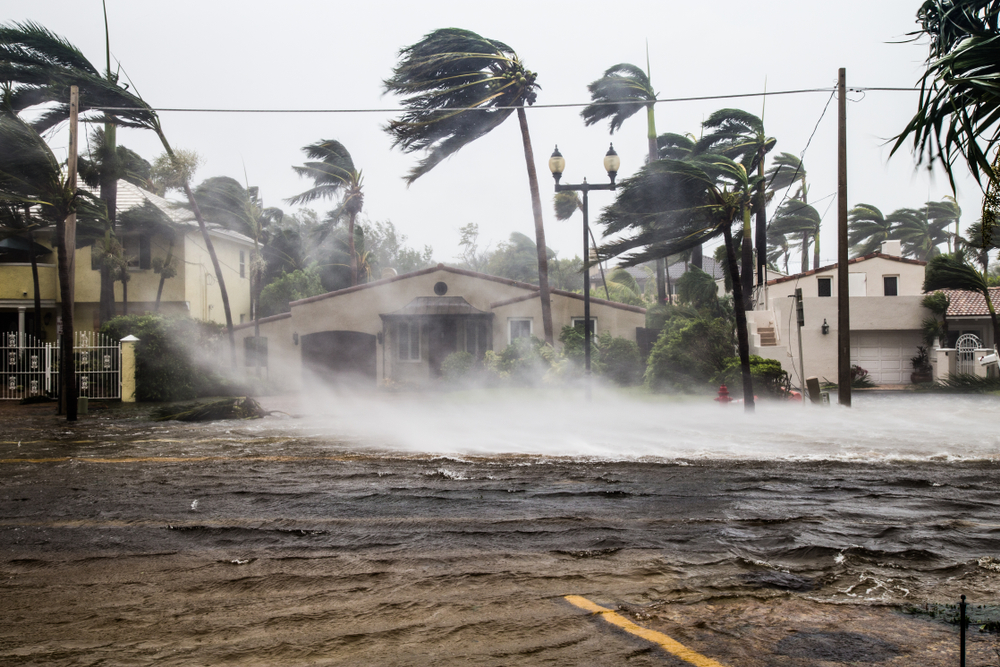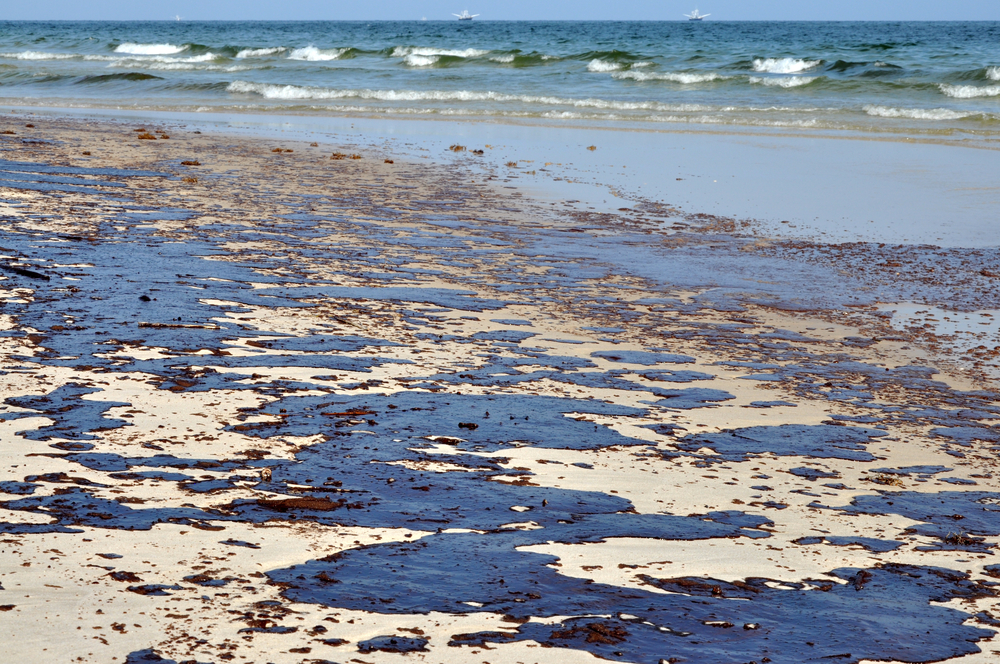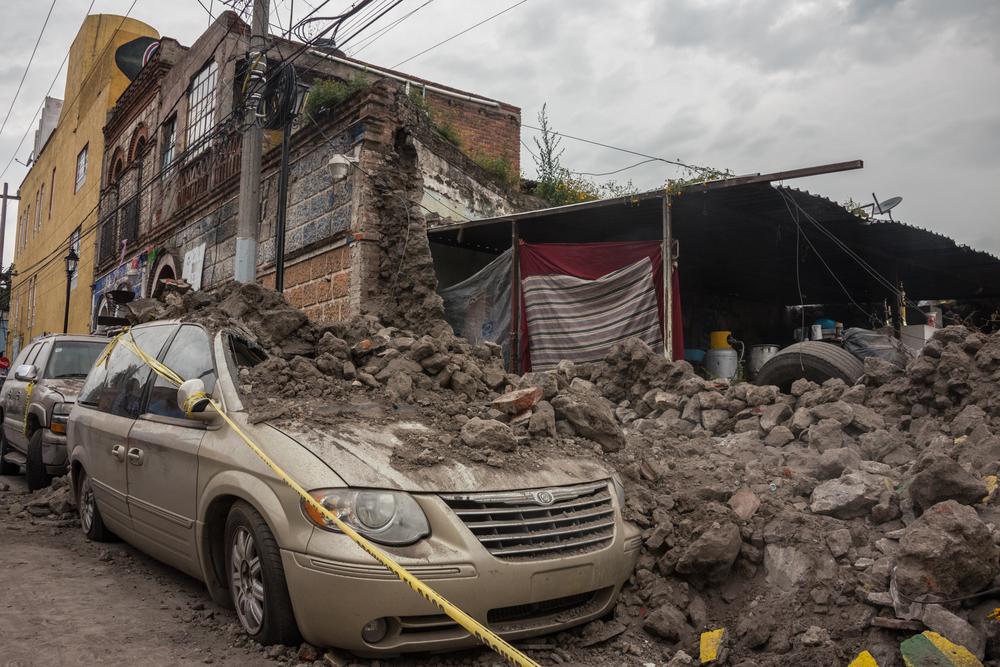Environment: Environmental Disasters
Hurricane Harvey
Date: August 2017
Location: Eastern Mexico
Type of Disaster: Hurricane
Environmental and Human Impact: Hurricane Harvey was a Category 4 hurricane that caused significant damage in eastern Mexico, including flooding, landslides, and the destruction of homes and infrastructure. The hurricane resulted in over 80 deaths and caused significant damage to the environment, including the loss of wildlife and damage to ecosystems.
Mitigation: Hurricane Harvey made landfall in Texas, USA in August 2017, and caused widespread flooding, landslides, and damage to homes and infrastructure. The hurricane resulted in over 100 deaths and caused significant environmental damage, including the loss of wildlife and damage to ecosystems. The mitigation efforts following Hurricane Harvey included emergency response and rescue operations, as well as long-term recovery and rebuilding efforts. These efforts included improving infrastructure to better withstand future hurricanes, restoring damaged ecosystems, and implementing measures to prevent or reduce future flood damage.
Toxic Waste Spill
Date: August 2014
Location: Sonora, Mexico
Type of Disaster: Toxic Waste Spill
Environmental and Human Impact: The Buenavista del Cobre mine spill in Sonora, Mexico, released an estimated 40,000 cubic meters of copper sulfate acid solution into the Bacanuchi and Sonora rivers, contaminating the water supply for thousands of residents. The spill killed fish and other aquatic life and caused significant health problems for local communities. The mine responsible for the spill was fined, and cleanup efforts were initiated, but the long-term environmental and health impacts are still being studied.
Mitigation: Following the spill, the Mexican government declared a state of emergency in the affected area and provided emergency supplies and assistance to affected communities. The mine responsible for the spill, which is owned by Grupo Mexico, was fined over $3 million and required to undertake a cleanup effort. The company also paid compensation to affected residents and committed to improving its environmental practices. In addition, new regulations were put in place to improve oversight of mining operations and prevent future spills. However, ongoing monitoring and remediation efforts are still needed to address the long-term environmental and health impacts of the spill.
Deepwater Horizon Oil Spill
Date: April 20, 2010
Location: Gulf of Mexico
Type of Disaster: Oil Spill
Environmental and Human Impact: The Deepwater Horizon oil spill was an environmental disaster caused by an explosion on the Deepwater Horizon oil rig, which released millions of barrels of oil into the Gulf of Mexico. The spill caused significant damage to marine and coastal ecosystems, including the death of wildlife and the destruction of habitat. It also had economic impacts on fishing and tourism industries in the region. The health impacts on cleanup workers and nearby communities are still being studied.
Mitigation: Efforts were made to contain the spill and stop the flow of oil, and cleanup efforts were initiated. BP, the company responsible for the spill, was fined and ordered to pay damages.
Pasta de Conchos Mine Disaster
Date: February 19, 2006
Location: Coahuila, Mexico
Type of Disaster: Mine Disaster
Environmental and Human Impact: The Pasta de Conchos mine disaster occurred when an explosion at the coal mine resulted in the death of 65 miners who were trapped underground. The disaster also resulted in environmental damage, including air and water pollution from the release of toxic gases and chemicals.
Mitigation: The mine was fined and ordered to improve safety measures, and efforts were made to recover the bodies of the miners and compensate their families. However, some criticized the government's response for not doing enough to prevent similar disasters in the future.
Hurricane Stan
Date: October 2005
Location: Southeastern Mexico
Type of Disaster: Hurricane
Environmental and Human Impact: Hurricane Stan caused significant flooding and landslides in southeastern Mexico, resulting in over 1,000 deaths and widespread damage to homes, infrastructure, and crops. The hurricane also caused environmental damage, including erosion and the destruction of ecosystems.
Mitigation: Emergency response efforts were initiated to provide aid to affected communities, and mitigation efforts included the construction of flood control structures and reforestation programs.
Earthquake
Date: September 19, 1985
Location: Mexico City
Type of Disaster: Earthquake
Environmental and Human Impact: The 1985 Mexico City earthquake was a magnitude 8.1 earthquake that caused widespread destruction and loss of life in Mexico City and surrounding areas. The earthquake caused buildings to collapse, resulting in over 10,000 deaths and significant damage to the infrastructure of the city. The environmental impact of the earthquake included soil liquefaction, landslides, and the release of hazardous materials from damaged buildings.
Mitigation: In the aftermath of the earthquake, the Mexican government established a number of measures to mitigate the impact of future earthquakes, including updated building codes and retrofitting buildings.
Toxic Gas Release
Date: December 3, 1984
Location: San Juanico, Mexico
Type of Disaster: Toxic Gas Release
Environmental and Human Impact: The San Juanico disaster occurred when a series of explosions and fires at a liquified petroleum gas terminal in San Juanico resulted in a toxic gas cloud that spread over the surrounding area. The disaster killed over 200 people and caused significant respiratory and other health problems for thousands of others. The environmental impact included the destruction of crops, trees, and other vegetation, and the contamination of soil and water sources.
Mitigation: Mitigation efforts for the San Juanico disaster included the implementation of stricter safety regulations for petroleum and gas storage and transportation, as well as improvements in emergency response protocols. The Mexican government established a commission to investigate the disaster and made recommendations for improving safety standards and emergency response measures. The company responsible for the gas terminal also implemented new safety measures and provided compensation to victims and their families. However, the disaster highlighted the need for greater attention to safety and environmental risks associated with the storage and transportation of hazardous materials.
Ixtoc I Oil Spill
Date: June 3, 1979
Location: Gulf of Mexico
Type of Disaster: Oil Spill
Environmental and Human Impact: The Ixtoc I oil spill was caused by a blowout on an oil platform in the Gulf of Mexico, which released an estimated 3.3 million barrels of oil into the ocean. The spill caused significant damage to marine and coastal ecosystems, including the death of wildlife and the destruction of habitat. It also had economic impacts on fishing and tourism industries in the region.
Mitigation: Efforts were made to contain the spill and stop the flow of oil, and cleanup efforts were initiated. PEMEX, the state-owned oil company responsible for the spill, was fined and ordered to pay damages.
Copyright © 1993—2024 World Trade Press. All rights reserved.

 Mexico
Mexico 

